30+ Business Model Examples to Download
In today’s rapidly evolving business landscape, having a well-defined and adaptable business model is crucial for success. A business model serves as the blueprint for how an organization creates, delivers, and captures value. It outlines the fundamental framework and strategy that drives a company’s operations, revenue generation, and overall sustainability. In this article, we will delve into the concept of business models, provide a step-by-step guide on creating one, address some common FAQs, and explore various examples and strategies to inspire your own entrepreneurial journey.
1. Business Model Example
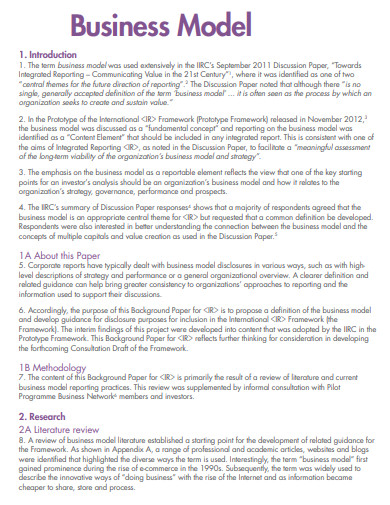
integratedreporting.org
2. Business Model Template
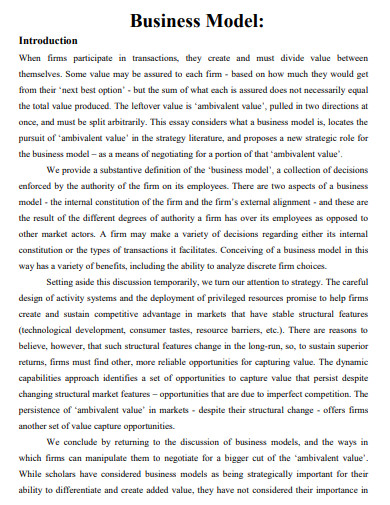
hbs.edu
3. Business Model Canvas Example
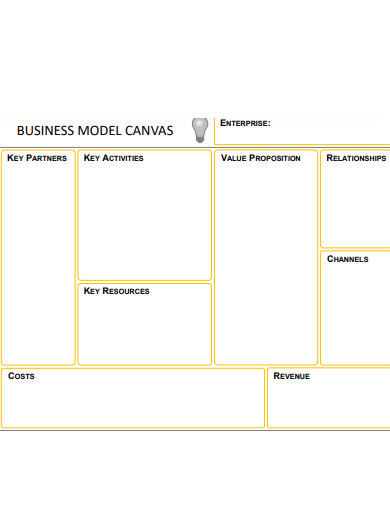
uwm.edu
4. Business Model Strategy Example
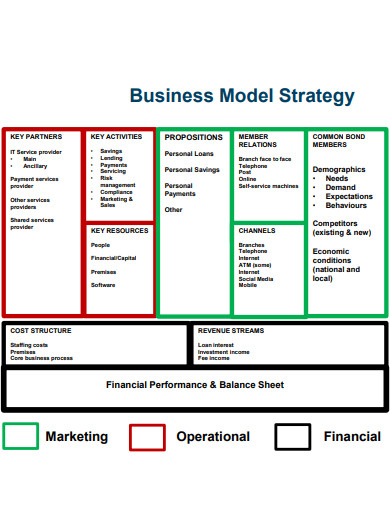
centralbank.ie
5. Startup Business Model Example
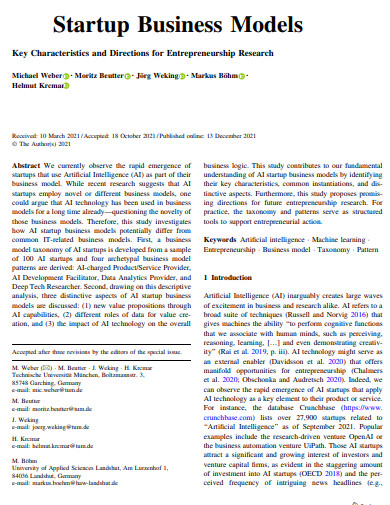
aisel.aisnet.org
6. Sample Business Model Example
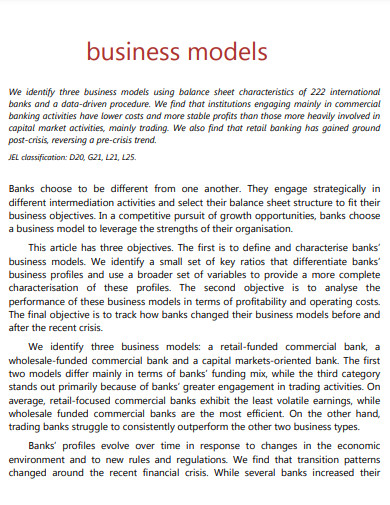
bis.org
7. Business Model Plan Example
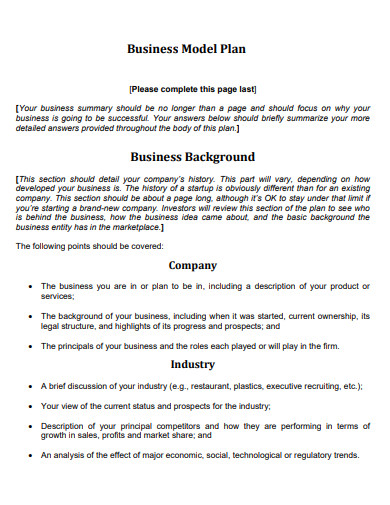
management.ind.in
8. Business Model Cost Structure Example
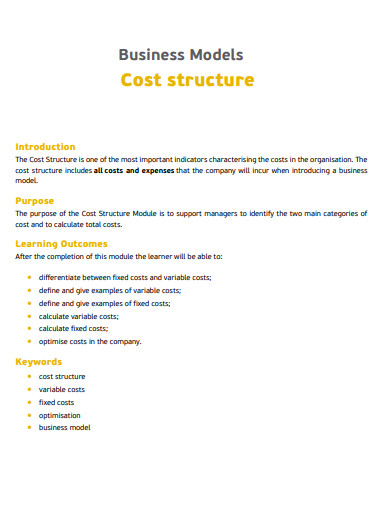
probm2.cti.ugal.ro
9. Business Model Innovation Example
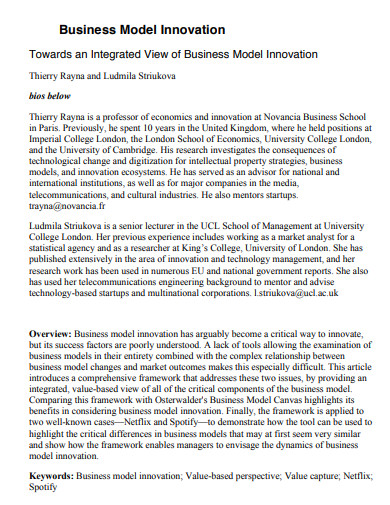
discovery.ucl.ac.uk
10. Business Model Powerpoint Example
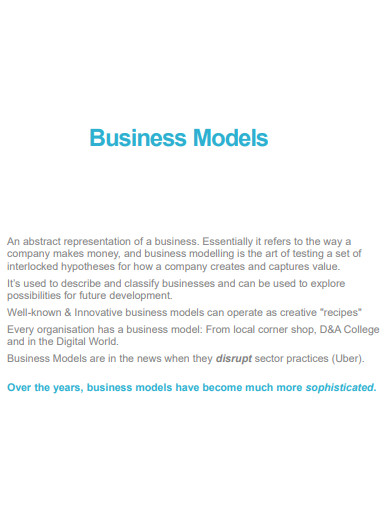
lait40.eu
11. Business Model Design Example
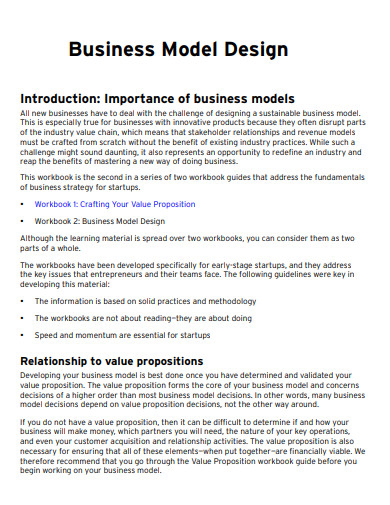
learn.marsdd.com
12. Ecommerce Business Model Example
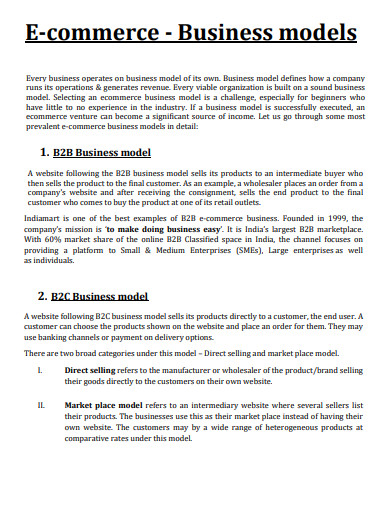
mca.co.in
13. Lean Canvas Business Model Example
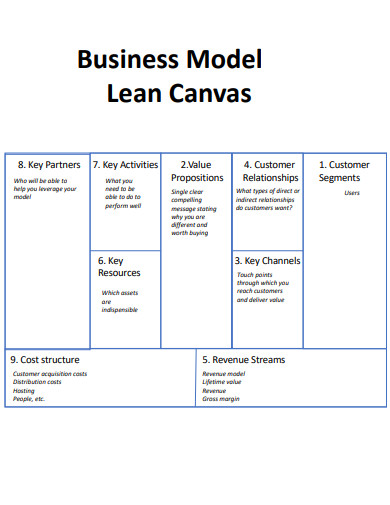
bu.edu
14. Restaurant Business Model Example
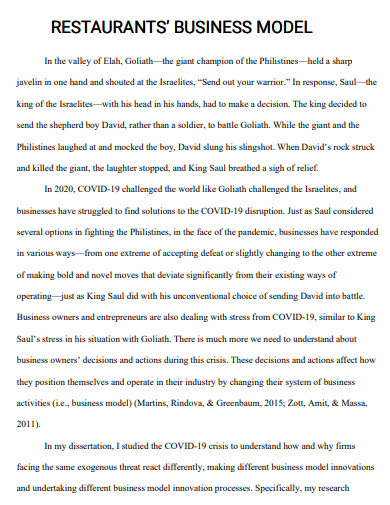
trace.tennessee.edu
15. Business Model Diagram Example
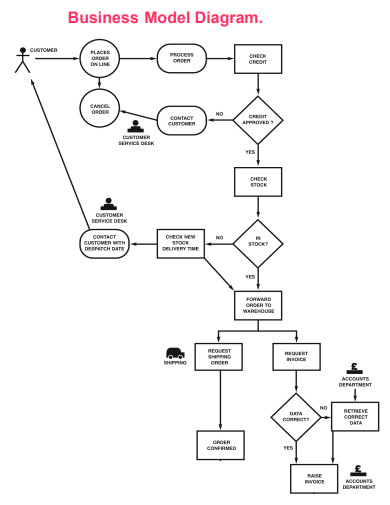
businessballs.com
16. Business Model Pitch Deck Example
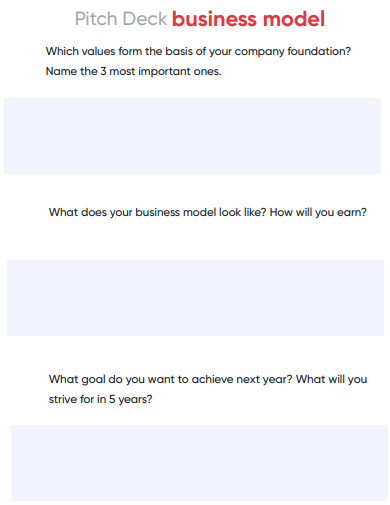
iceo.co
17. Product Business Model Example
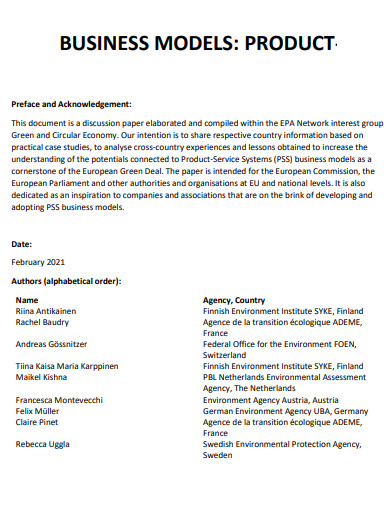
epanet.eea.europa.eu
18. Entrepreneurship Business Model Example
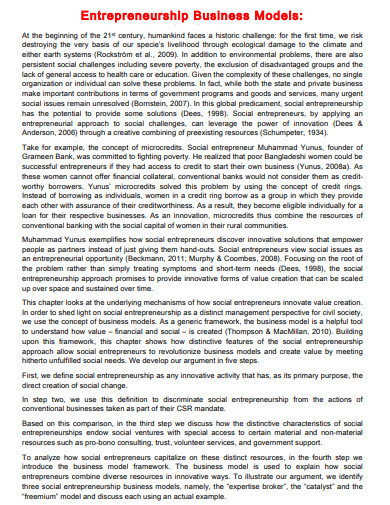
pure.royalholloway.ac.uk
19. Business Model Value Proposition Example
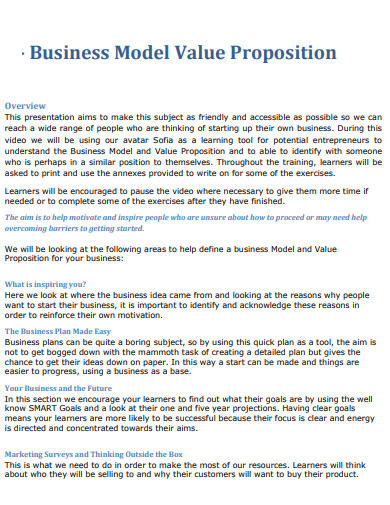
ec.europa.eu
20. Marketing Business Model Example
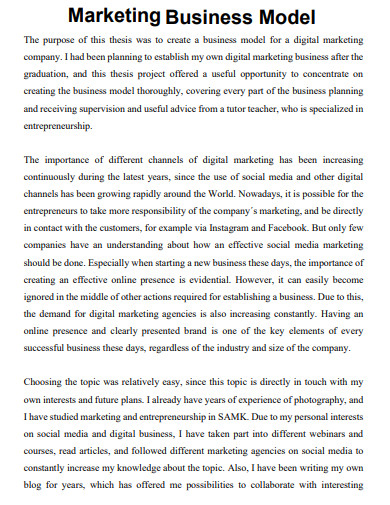
theseus.fi
21. Business Model Framework Example
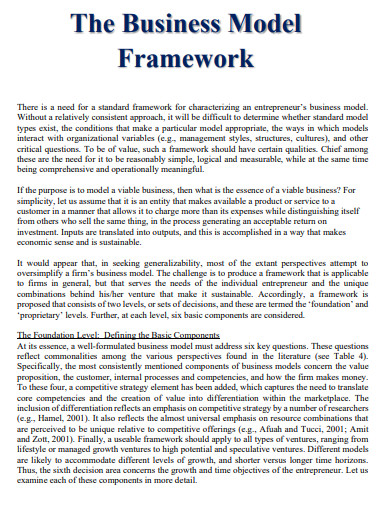
gppe.nd.edu
22. Business Model Service Example
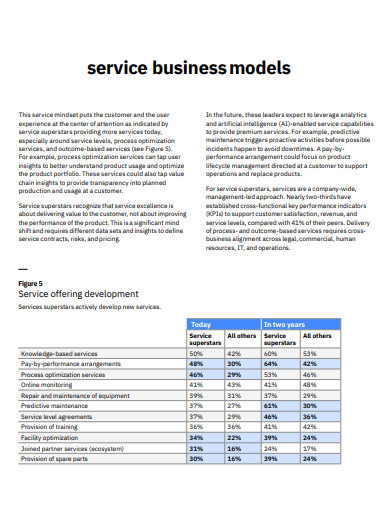
ibm.com
23. Business Model High Resolution Example
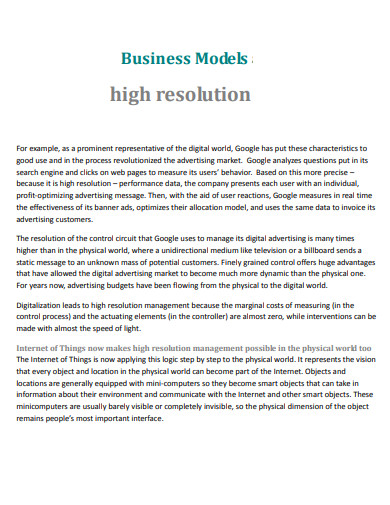
cocoa.ethz.ch
24. Business Growth Model Example
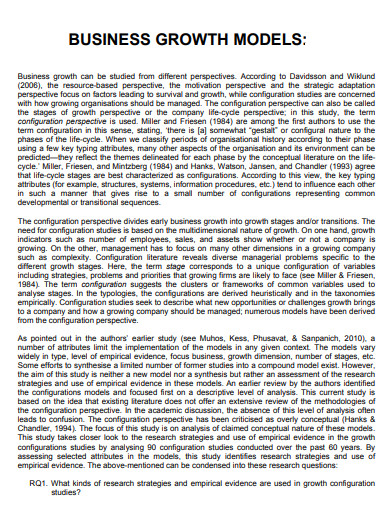
toknowpress.net
25. Business Model Analysis Example
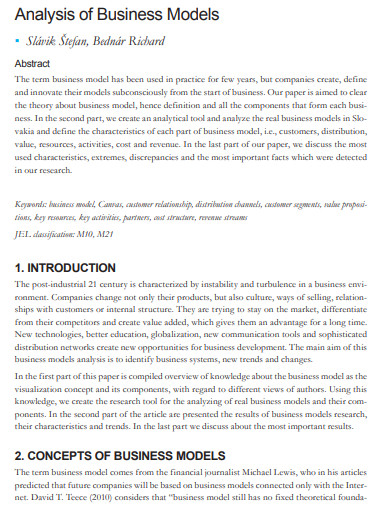
cjournal.cz
26. Social Business Model Example
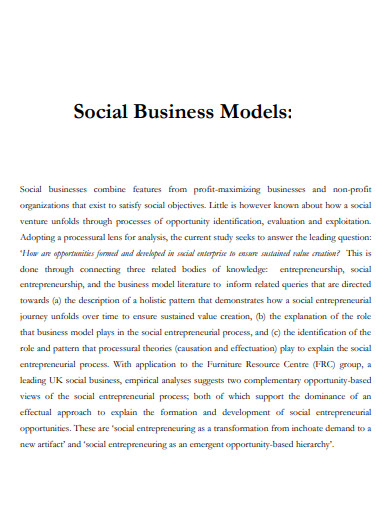
core.ac.uk
27. Food Business Model Example
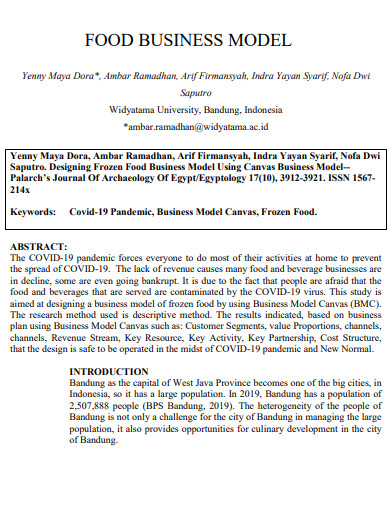
archives.palarch.nl
28. Crafting Business Model Example
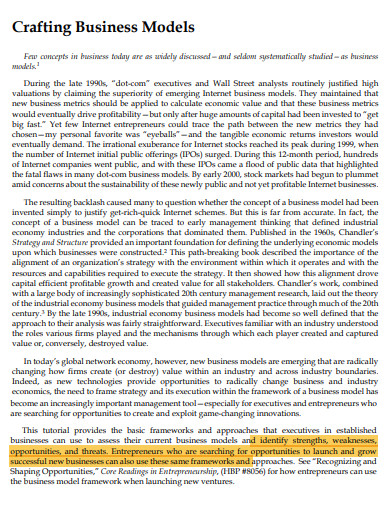
app.glueup.com
29. Higher Education Business Model Example

tiaa.org
30. Retailer Business Model Example
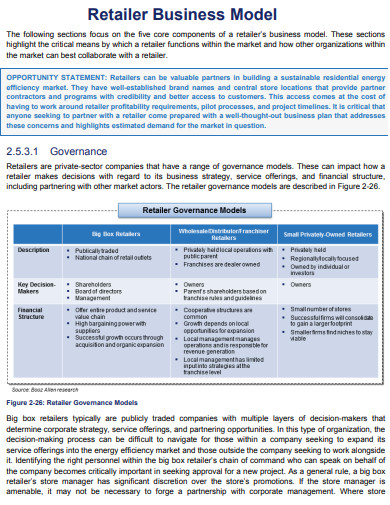
eere.energy.gov
31. General Business Model Example
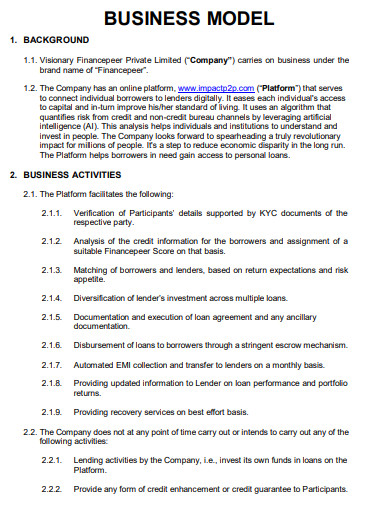
impactp2p.com
What is a Business Model?
A business model refers to the conceptual framework that describes how an organization operates, creates value, and generates revenue. It encompasses the various elements that define the core aspects of a business, such as its target audience, value proposition, distribution channels, revenue streams, and cost structure. A well-designed business model aligns an organization’s resources, activities, and partners to effectively address market needs and deliver a compelling offering. It serves as a strategic tool to guide decision-making and optimize the overall performance and profitability of a company.
How to Create a Business Model
Creating a business model is a systematic process that requires careful analysis, strategic thinking, and a deep understanding of your target market and industry. By following these steps, you can develop a comprehensive business model that sets the stage for long-term success.
Step 1: Identify Your Target Market and Value Proposition:
Before diving into the intricacies of your business model, it is crucial to identify your target market and define the unique value proposition your business will offer. Determine the specific needs and pain points of your target audience, and craft a value proposition that effectively addresses these concerns.
Step 2: Analyze the Competitive Landscape:
Conduct a thorough analysis of your industry and competitors. Identify the key players, their business models, and their strengths and weaknesses. This analysis will help you identify opportunities for differentiation and potential areas for innovation within your business model.
Step 3: Design Revenue Streams and Pricing Strategies:
Consider different revenue streams that align with your value proposition. Explore various pricing models, such as one-time purchases, subscriptions, or freemium offerings, and determine the most suitable approach to monetize your product or service.
Step 4: Define Key Activities and Resources:
Outline the key activities and resources required to deliver your value proposition. This includes determining your core competencies, identifying strategic partnerships, and assessing any external resources needed to support your business operations.
Step 5: Establish Distribution Channels:
Evaluate the most effective distribution channels to reach your target market. Consider both traditional and digital channels, and determine the optimal mix to maximize your reach and accessibility.
Step 6: Evaluate Cost Structure and Profitability:
Analyze the cost structure of your business, including fixed and variable costs, overhead expenses, and potential economies of scale. Ensure that your revenue streams are aligned with your cost structure to achieve sustainable profitability.
FAQs
What are some examples of business models?
There are various business models, including subscription-based models (e.g., Netflix), marketplace models (e.g., Airbnb), freemium models (e.g., Dropbox), and direct sales models (e.g., Apple).
Where can I find examples of business plans and strategies?
You can find a variety of business plans and strategy examples online. Check out resources such as “5+ Remodeling Business Plan Examples” or “10+ Brand Marketing Strategy Examples in PDF | MS Word for your inspiration.”
How can a business model help my company succeed?
A well-designed business model provides a clear roadmap for success by aligning your activities, resources, and revenue streams. It helps you understand your market, differentiate your offering, and maximize profitability.
In conclusion, developing a robust business model is a vital step for any aspiring entrepreneur or existing business owner. By carefully crafting a well-defined value proposition, analyzing the competitive landscape, and designing effective revenue streams and distribution channels, you can create a blueprint that guides your organization toward sustainable growth and success. Remember, a strong business model adapts to changing market dynamics and enables you to seize emerging opportunities. With the right foundation in place, your business can thrive in today’s dynamic business environment.


